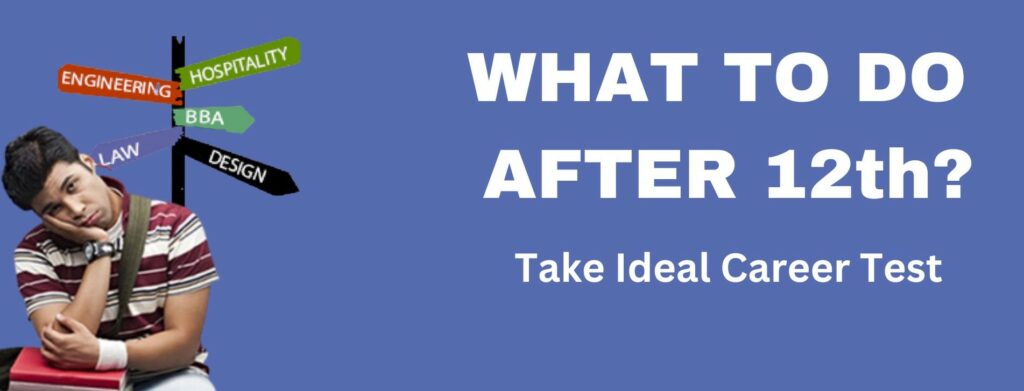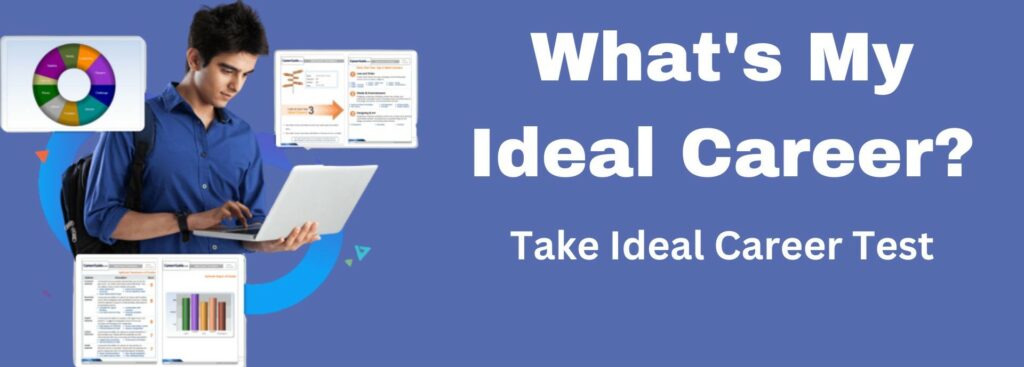For an individual, becoming a pilot is a very respectable and reputable job. The person who controls and navigates the aircraft is known as a pilot. Everyone wants to fly in the skies, but only a few people make it a reality by turning their ambition into a career and working with zeal. As we all know, becoming a pilot is a difficult endeavor. Here are the 5 steps to become a pilot after 10+2 .
How to become a Pilot after Class 12th
They bear a significant deal of responsibility for the lives of all passengers on board. Flying a plane is not like driving a car most people believe this, but they are unaware of the reality of flying a plane, which is how difficult it is to fly a plane alone with passengers.
Step-1 : Pursue A Bachelor’s Degree
A bachelor’s degree in any discipline is required for airline pilots, whereas a high school diploma or equivalent is normally required for commercial pilots. The Federal Aviation Administration has approved certain flight schools as part of 2-4 year colleges/universities that offer the appropriate aviation or aeronautics degree (FAA).
Pilot Courses After 12th
After graduating from high school, another choice is to join in a Commercial Pilot Training [CPL] course. To be considered for this post, you must pass an admission exam, a medical examination offered by the institute, and an interview. Depending on whether you want to study abroad, the costs for training courses after class 12 range from INR 15 lakhs to INR 20 lakhs. The following leading schools offer pilot training programmes after the 12th grade.
- Indira Gandhi Rashtriya Uran Academy
- Bombay Flying Club
- Rajiv Gandhi Academy of Aviation Technology
- Madhya Pradesh Flying Club
- National Flying Training Institute
Through National Defence Academy (NDA) Exam
In India, the prestigious National Defence Academy (NDA) test is a once-in-a-lifetime opportunity for individuals who wish to pursue a career as a pilot after completing their secondary education. You must also undergo flying instruction after completing the three-year course. After that, you’ll be a permanent commission officer.
- It is necessary to clear the class 2 medical of DGCA
- Join an aviation institute
- Fly at least 200 hours
- Clear the exams
- Get the CPL certificate
Step-2 : Get The Flying Experience
If you want to be a pilot, you must complete a particular number of flying training hours in order to obtain a license. The number of training hours required is determined by the sort of program sought.
For example, a commercial pilot’s license requires 250 hours of flight time, whereas an airline pilot requires 1,500 hours of flight time. Formal training will provide you with a basic education; however, you can hire a personal tutor or even join the military to obtain more in-depth knowledge and experience.
Step-3 : Earn A License
Getting the necessary amount of flight time is the first step, which is followed by a written evaluation showcasing your flying skills and passing the physical test. Being confident and well-prepared is the key. The list of significant licences granted by each nation’s Civil Aviation Authority (CAA) is as follows:
- Private Pilot License (PPL)
- Commercial Pilot License (CPL)
- Airline Transport Pilot License (ATP)
- Multi-crew Pilot License (MPL)
- Commercial Multi-Engine Land (CMEL)
- Certified Flight Instructor (CFL)
In the US, the FAA oversees certification, while Transport Canada oversees licencing in Canada. In the majority of European nations, such as the United Kingdom, Switzerland, Greece, France, and many more, the National Aviation Authority grants licences. Furthermore, depending on the kind of pilot you wish to be, there are various age restrictions for licences.
- Student Pilot License – 16 years
- Private Pilot License – 17 years
- Commercial Pilot License – 18 years
Step-4 : Complete Additional Training And Tests
As a condition of employment, several airline firms require pilots to take aptitude and psychological examinations. After being assigned, they must complete additional weeks of training and flight time to gain experience and improve skills as co-pilots. If you subsequently wish to join a large airline, having prior experience with a smaller airline will always be advantageous.
Step-5 : Advance As An Airline Pilot
The promotion to captain is entirely dependent on seniority and experience. To gain additional flying ratings, you will need to pass additional FAA wrote and practical tests. You can keep learning and researching the industry’s changes. The Aircraft Owners and Pilots Association (AOPA) and the International Federation of Airline Pilots Associations (IFALPA) offer educational seminars and webcasts for mastery and progress.
If you are confused about your career as a pilot then you should go to the CareerGuide.com. We at CareerGuide offer a variety of different types of psychometric tests which will provide you a direct path to your dream career. One of the psychometric tests is the Ideal career test which will help you to find your ideal career. There are many other psychometric tests like the Commerce career selector test, Humanities career selector test, Engineering branch selector test, and many more. Don’t waste your time sitting and thinking visit CareerGuide now use scientifically proven psychometric tests and select your ideal career now.
FAQs About Study How to become a Pilot
Q. What training and education are needed to become a pilot?
A. Depending on the type of pilot one wants to become, there may be different educational and training requirements. Although the precise degree field may vary, a college degree is often necessary for commercial airline pilots. A particular amount of flight hours as well as passing certain Federal Aviation Administration (FAA) exams and certifications are requirements for aspiring pilots during their flight training.
Q. What is the length of training to become a pilot?
A. The amount of flight training one completes and the sort of pilot one wants to become are two variables that can affect how long it takes to become a pilot. The study and flight training needed to obtain a commercial pilot’s licence are normally completed in two to three years, though certain programmes may take longer.
Q. What are the chances for a pilot’s career?
A. Depending on the present demand for pilots in the business, the career possibilities for pilots can change. Commercial airline pilot positions are typically quite competitive and may call for substantial training and experience. Pilots can also pursue careers as flight instructors, cargo pilots, or corporate pilots.
Q. What kind of pay could pilots expect?
A. The pay for pilots might vary depending on the type of pilot, the business, and the amount of training and experience one has. The median annual salary for airline pilots, copilots, and flight engineers was $147,220 in May 2023, according to the Bureau of Labour Statistics.
Ideal Career Test
A thorough evaluation tool called the Ideal Career Test was created to help people choose careers that match their interests, aptitudes, values, and personality qualities. This test seeks to help people make educated judgements about their career choices by offering insightful information about the kinds of jobs and work environments that would be a suitable fit for them.
The test begins by evaluating an individual’s interests and passions. It explores their preferences for various activities, hobbies, and subjects. This assessment helps identify areas that genuinely captivate the individual and can guide them towards career paths that align with their personal interests.
The assessment also evaluates an individual’s skills and aptitudes. It explores their strengths in different areas such as problem-solving, communication, creativity, leadership, and technical abilities. By understanding their skill set, individuals can identify careers that allow them to leverage their natural talents and develop their potential.
Personality factors have a significant role in the evaluation as well. The test investigates a person’s personality traits, including agreeableness, conscientiousness, emotional stability, openness to new experiences, and extroversion/introversion. People can find employment that suit their temperament and work methods, as well as jobs that offer a supportive atmosphere for personal development and professional satisfaction, by taking into account their personality profile.








